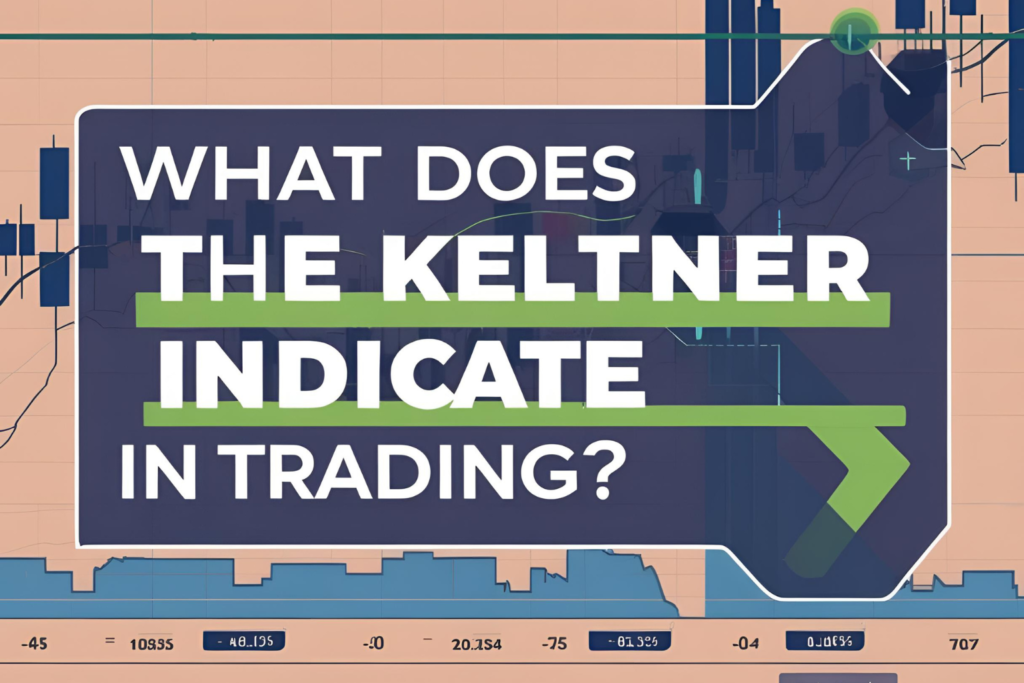While most charting platforms plot the Keltner Channel automatically, learning to calculate the Keltner Channel manually gives you a deeper understanding of how it works and how to customize it.
This guide walks you through the step-by-step process of calculating the Keltner Channel using basic data like closing prices and volatility.
Step 1: Gather Price and ATR Data
To begin, collect the following:
- A set of closing prices (for calculating EMA)
- High, low, and close prices (for calculating ATR)
- A standard lookback period, usually 20 periods
- A multiplier, typically set to 2
Step 2: Calculate the 20-Period EMA (Middle Line)
Use this formula for EMA:
EMA = (Close − Previous EMA) × Multiplier + Previous EMA
Where:
- Multiplier = 2 ÷ (Periods + 1)
- For a 20-period EMA: Multiplier = 2 ÷ 21 ≈ 0.0952
You’ll need a few previous EMA values to get started. Most traders use the Simple Moving Average (SMA) as the initial EMA value.
Step 3: Calculate the ATR (Average True Range)
True Range (TR) = max of:
- Current High − Current Low
- Absolute value of (Current High − Previous Close)
- Absolute value of (Current Low − Previous Close)
ATR = Average of the TR values over 14 or 20 periods.
Use a rolling window to update the ATR as new bars form.
Step 4: Apply the Keltner Channel Formula
Once you have the EMA and ATR:
- Upper Band = EMA + (Multiplier × ATR)
- Lower Band = EMA − (Multiplier × ATR)
If EMA = 150 and ATR = 5 (with a 2× multiplier):
- Upper Band = 150 + (2 × 5) = 160
- Lower Band = 150 − (2 × 5) = 140
Step 5: Repeat for Each New Candle
To maintain the Keltner Channel:
- Update EMA and ATR for each new period
- Recalculate bands using the latest values
- Plot values on your chart (or in a spreadsheet)
This manual process is helpful for coding strategies or backtesting by hand.
Final Thoughts
Manually calculating the Keltner Channel improves your understanding of how it adapts to price and volatility. This can help you better tweak settings, validate trading signals, or create custom scripts.
Once you master the math, you can fully control how the indicator fits into your trading system.
FAQs
1. What timeframe should I use for manual calculation?
You can use any, but daily or hourly is best for learning purposes.
2. How often should I update the EMA and ATR?
Every time a new candle closes—manually or programmatically.
3. Is the manual method used in real trading?
Mostly for learning and coding. Platforms handle it automatically during live trading.
4. Can I use Google Sheets or Excel to calculate it?
Yes. Many traders build Keltner Channel spreadsheets to test variations.
5. What’s the most important part of the formula?
The combination of EMA for trend and ATR for volatility is what makes it effective.



